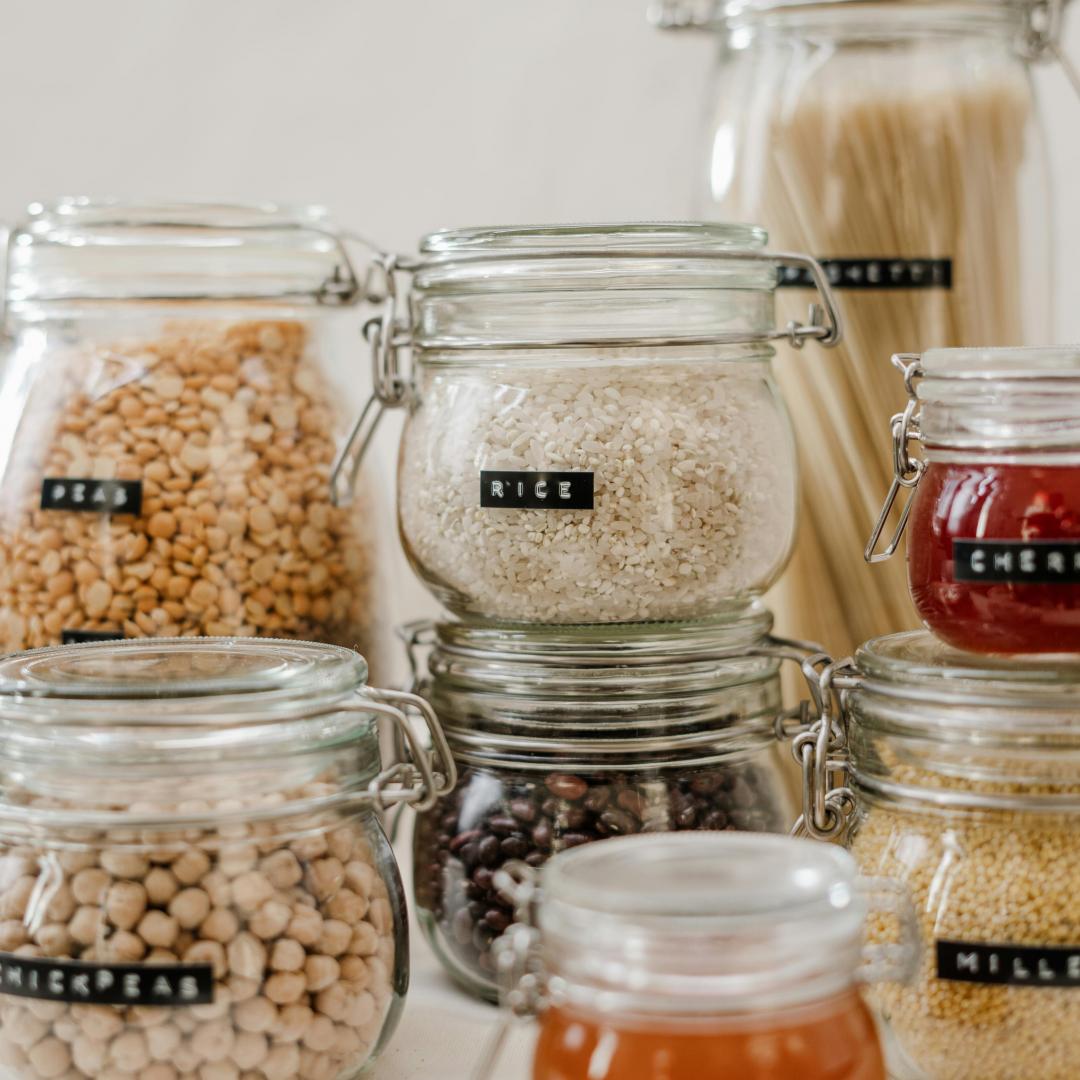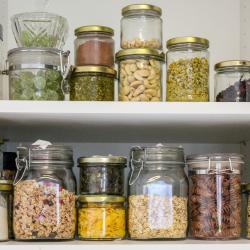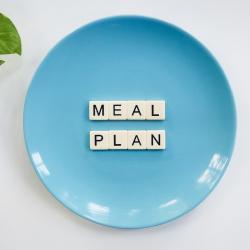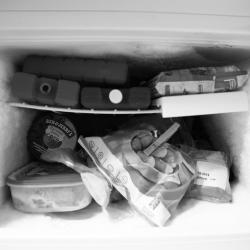How to Organize Your Pantry for Easy Meal Planning
Meal planning is an essential tool that can help streamline your week, reduce food waste, and keep your diet balanced and varied. An efficiently organized pantry is the cornerstone of effective meal planning. With a well-arranged pantry, you'll spend less time searching for ingredients, make use of what's on hand, and avoid last-minute grocery runs. Here’s a guide on how to organize your pantry to make meal planning a breeze.
1. Clear and Clean
Before you start reorganizing, take everything out of your pantry. Use this opportunity to clean the space, wiping down shelves and floors to ensure a fresh start. As you remove items, check expiration dates and discard anything that is past its prime. Take note of what you have, so you don't buy duplicates.
2. Categorize Your Items
Divide your pantry items into categories such as grains, canned goods, spices, snacks, and baking supplies. Group similar items together so you can quickly find what you need when planning meals. By sorting items into logical categories, you’ll have a clearer inventory of your pantry staples.
3. Use Clear Containers
Transferring items into clear, airtight containers can save space and keep your ingredients fresh for longer. Transparent containers allow you to see exactly what you have, making it easier to manage your stock levels. Label each container with the item's name and expiration date for even greater efficiency.
4. Optimize Storage Solutions
Make the most of your pantry’s vertical space by incorporating additional shelving or riser steps for stacking cans and jars. Lazy Susans are great for corners or deep shelves, making it easy to reach and view all items. Consider investing in shelf dividers or baskets to further organize smaller items.
5. Implement a FIFO System
Adopt a "First In, First Out" (FIFO) strategy to ensure you use older items before they expire. Place newer items behind older ones, especially for frequently replenished goods like canned or boxed items. This system minimizes food waste and keeps your pantry inventory fresh.
6. Create a Pantry Inventory List
Keep a perpetual inventory list of pantry items accessible either on your phone or physically on a clipboard nearby. Update it as you use and replenish items. This practice reduces the chance of running out of essential ingredients and can assist in menu planning as you’ll know what you already have on hand.
7. Designate a Meal Planning Zone
Dedicate a section of your pantry for meal planning essentials — items like recipe books, meal kits, or commonly used spices and condiments. Having these items consolidated in one area can help streamline the process of selecting and preparing meals.
8. Plan Weekly Restocks
Set aside time each week to check your pantry and make a shopping list based on your meal plan. Consider creating a template that lists all staple items you want to keep on hand, so restocking becomes a quick checklist task rather than a complete inventory session.
9. Involve the Household
Make the pantry organization a family affair. Encourage other household members to maintain order by labeling shelves and conducting periodic checks. Teaching children and partners about the system can promote shared responsibility and prolong the benefits of a well-organized pantry.
10. Evaluate and Adjust
Periodically, reassess your pantry organization. As seasons change, and your eating habits evolve, you may find that some areas of your pantry are more valuable than others. Stay flexible and make adjustments to ensure the pantry continues to meet your needs.
By following these steps, organizing your pantry can transform from a daunting task into an exciting opportunity, paving the way for smoother, more efficient meal planning. Remember, a well-organized pantry is a productive one, and with a little time and effort, you can make meal planning a seamless part of your routine.






















